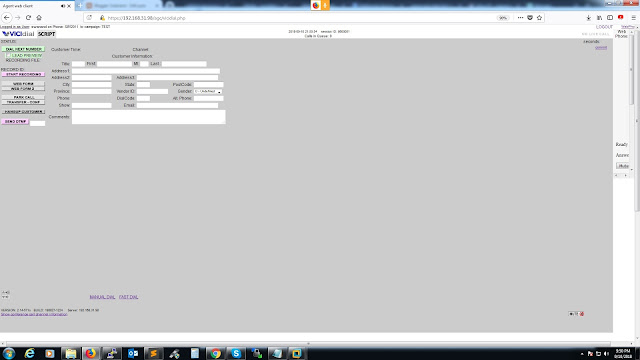Setting up a Continuous Integration/Continuous Deployment (CI/CD) pipeline is a critical part of modern software development. Below, I'll provide a step-by-step guide with an example using popular tools like GitHub, Jenkins, and Docker. Please note that there are many variations and tools available for CI/CD, but this example offers a general understanding of the process.
Step 1: Set Up Version Control (e.g., GitHub)
1. Create a GitHub Repository:
- Go to GitHub and create a new repository for your project.
- Initialize it with a `README.md` file or push your existing code.
2. Clone the Repository:
- Clone the repository to your local development environment using Git.
Step 2: Develop Your Application
1. Write Code:
- Develop your application or make changes to an existing one.
2. Test Locally:
- Test your code on your local development environment to ensure it works as expected.
Step 3: Create a Docker Container (Optional)
1. Dockerize Your Application:
- Create a `Dockerfile` to package your application into a Docker container.
- Build and test the container locally.
Step 4: Configure CI/CD with Jenkins
1. Set Up Jenkins:
- Install Jenkins on a server.
- Access the Jenkins dashboard in your web browser.
2. Install Plugins:
- Install necessary plugins like "GitHub Integration," "Docker," and "Pipeline."
3. Create a Jenkins Pipeline:
- Create a Jenkinsfile in your GitHub repository.
- Define the stages, including steps for building, testing, and deploying your application.
Example Jenkinsfile:
```groovy
pipeline {
agent any
stages {
stage('Build') {
steps {
sh 'mvn clean package' // Build your application
}
}
stage('Test') {
steps {
sh 'mvn test' // Run tests
}
}
stage('Deploy') {
steps {
// Deploy to a server or container orchestration platform (e.g., Kubernetes)
}
}
}
}
```
4. Set Up Jenkins Job:
- Create a new Jenkins job, selecting "Pipeline" as the job type.
- Link your GitHub repository and specify the Jenkinsfile location.
Step 5: Automate CI/CD with GitHub Actions (Optional)
1. GitHub Actions Workflow:
- Create a `.github/workflows` directory in your GitHub repository.
- Define a YAML workflow file to automate your CI/CD process.
Example `.github/workflows/main.yml`:
```yaml
name: CI/CD
on:
push:
branches:
- main
jobs:
build:
runs-on: ubuntu-latest
steps:
- name: Checkout code
uses: actions/checkout@v2
- name: Build and test
run: |
mvn clean package
mvn test
- name: Deploy
run: |
# Deploy to your server or container orchestration platform
```
Step 6: Test CI/CD
1. Commit and Push:
- Commit your code changes to your GitHub repository and push them.
2. CI/CD Execution:
- Your CI/CD pipeline (Jenkins or GitHub Actions) will automatically trigger when you push to the configured branch (e.g., main).
- It will build, test, and deploy your application based on the defined stages.
3. Monitor and Troubleshoot:
- Monitor the pipeline execution for errors and troubleshoot issues if needed.
This is a simplified example of setting up a CI/CD pipeline. In practice, you may need to configure more complex workflows, add security measures, and integrate with various tools and services to meet the specific needs of your project.


0 comments:
Post a Comment